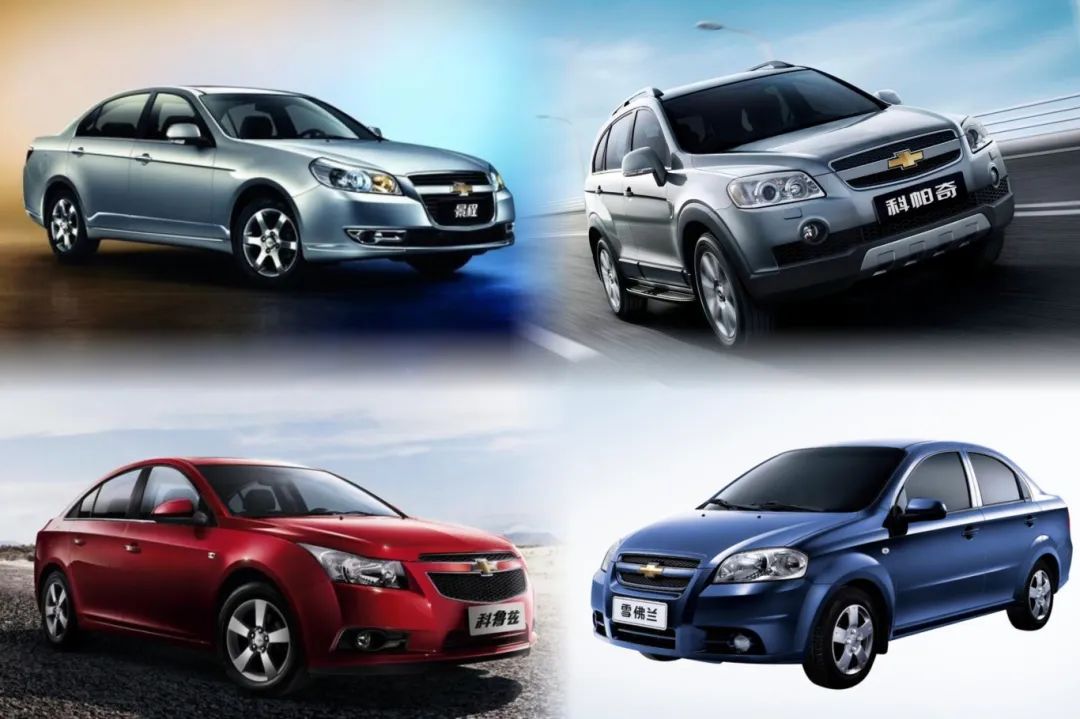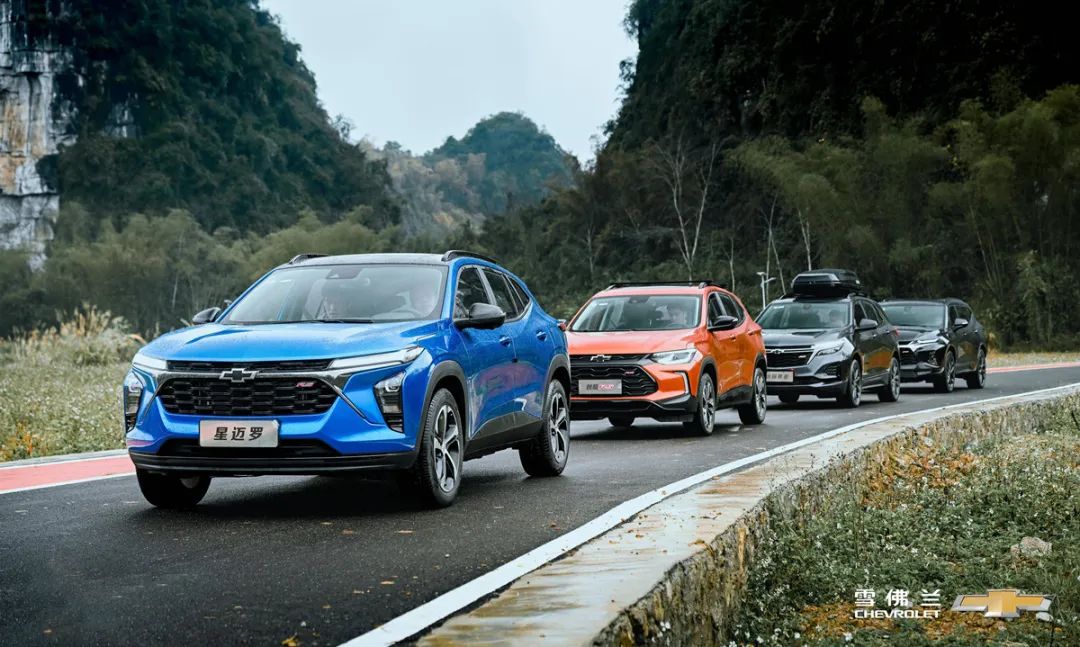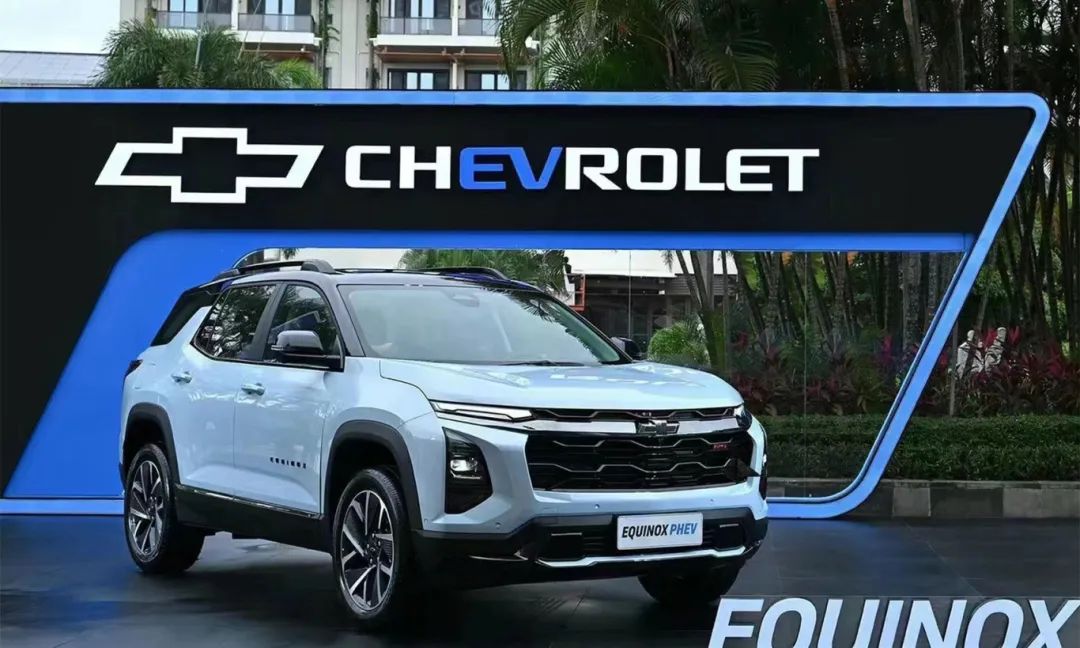Chevrolet: A Farewell to China?
![]() 06/03 2025
06/03 2025
![]() 650
650
Introduction
Introduction
For struggling joint ventures, exiting China may be the most viable path forward.
After numerous transformations, the Chinese market is no longer a gold rush for early entrants. Especially with the shift to new energy vehicles, the withdrawal of numerous foreign brands has become a microcosm of the evolving Chinese automotive landscape.
Brands like Chrysler, Dodge, Suzuki, Fiat, Renault, Jeep, Acura, Mitsubishi, and DS, once prominent abroad, have vanished in China. With a new generation of consumers emerging, these names scarcely elicit interest.
More alarmingly, as Chinese automakers like Geely, BYD, and Great Wall Motor assert their dominance, foreign brands such as Hyundai, Kia, and Peugeot are also under threat. Their predicament is increasingly evident.
Over the past two years, as market competition intensifies, Skoda and Chevrolet frequently emerge as potential candidates for market exit.

Whenever rumors of these brands leaving China surface, officials swiftly deny them.
Recently, there were whispers that Chevrolet might soon bid farewell to China. Official responses are predictably dismissive. However, based on Chevrolet's current market performance, it might be prudent for them to exit sooner rather than later.
Previously, Lu Xiao, General Manager of SAIC-GM, repeatedly denied rumors of Chevrolet's exit and pledged to support the brand. Yet, with news of indefinite delays for upcoming Chevrolet projects, such as models with internal code names C223, C1YC-2, D2UC-2 ICE, how much weight do such assurances carry?
Reflecting on Chevrolet's two decades in China, it's not accurate to characterize the brand as subpar from the outset. At its peak, Chevrolet's popularity rivaled that of today's internet celebrities. It wasn't quite a household name, but it was certainly well-known.

Chevrolet officially entered the Chinese market in 2005, capitalizing on the booming automotive industry. It quickly gained a foothold with models like the Sail and Korean-inspired Epica, Lova, and Aveo from Buick.
In 2007, a pivotal moment arrived. The live-action film "Transformers" premiered in China, with GM embedding numerous car models. The Camaro and Volt became iconic Autobots, sparking a surge in Chevrolet's popularity. The Cruze further cemented Chevrolet's sporty image, rivaling Honda and Mitsubishi.
Chevrolet achieved the remarkable feat of selling 1 million units in just five years. However, its early brand positioning and the arrogance stemming from its sudden popularity laid the groundwork for its eventual decline.

Within the SAIC-GM system, to maintain Buick's market position, Chevrolet inevitably became the lower-tier brand. This strategy mirrors SAIC Volkswagen's approach with Skoda.
In immature markets, cost-effectiveness is a powerful tool for brand expansion. Models like the Malibu, Captiva, and later the Trax drove Chevrolet's growth. In 2014, Chevrolet reached its zenith in China with annual sales of 767,000 units.
However, as China's wealth accumulated and society developed, Chevrolet's low-end image became a liability.
Moreover, Chevrolet neglected product quality and line updates. When GM's three-cylinder strategy was launched, Chevrolet could only lower its market positioning.

Despite competitive models like the Malibu XL, Equinox, and Blazer, the brand's downward spiral was unstoppable. Neglecting brand building and Buick's decreasing market positioning further eroded Chevrolet's standing.
As China's electrification accelerates, Chevrolet, lacking in resource allocation, struggles. Beyond the Menlo EV for the online car-hailing market, it has few other options.
The Equinox PHEV was Chevrolet's desperate counterattack, a mirror reflecting its grim reality.
Today, Chevrolet's monthly sales hover around a thousand units, its market presence negligible. With SAIC-GM focusing on preserving Buick and Cadillac's market share, what future does Chevrolet have?
Responsible Editor: Cui Liwen | Editor: Chen Xinnan








